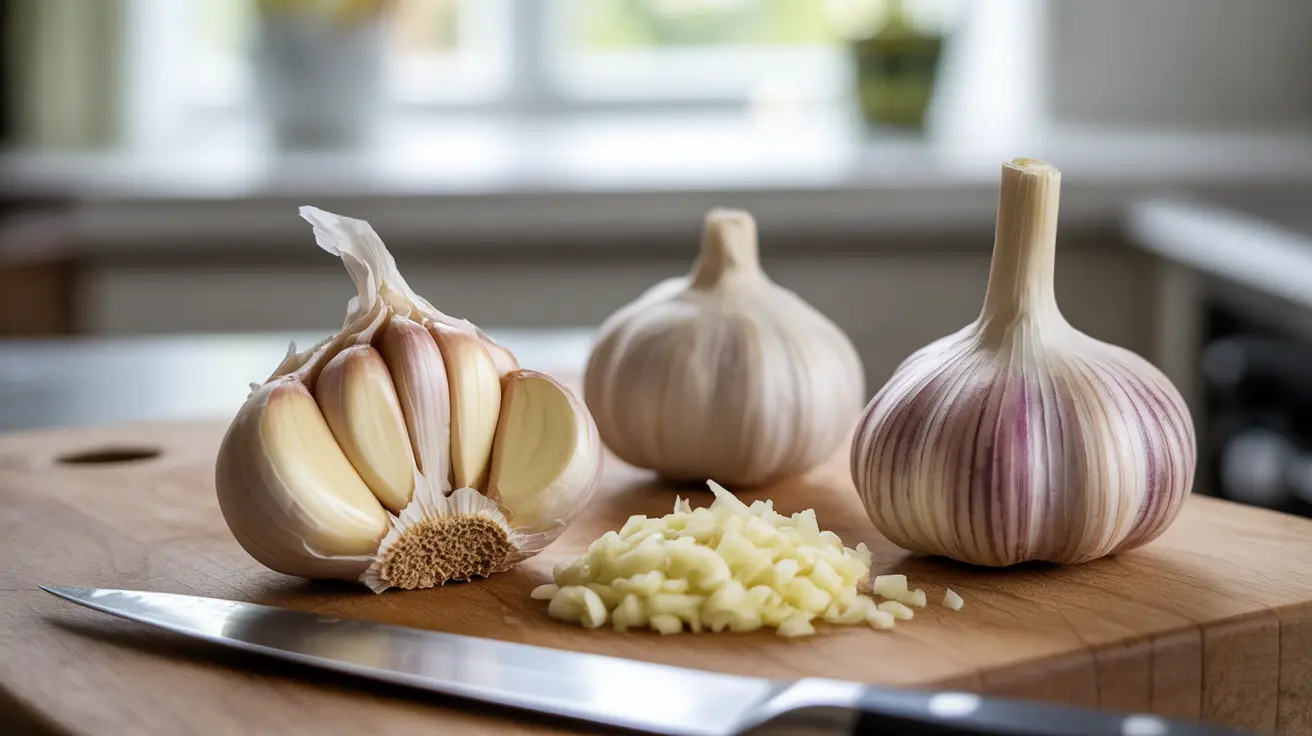Managing cholesterol levels is a crucial aspect of heart health, and many people are turning to natural remedies alongside conventional treatments. Garlic, a common kitchen ingredient with a long history in traditional medicine, has gained attention for its potential cholesterol-lowering properties. This article examines the scientific evidence behind garlic's effects on cholesterol and provides practical guidance for its use.
Understanding Garlic's Impact on Cholesterol
Garlic contains active compounds, particularly allicin and its derivatives, that may help improve cholesterol levels. These compounds are released when garlic is crushed, chopped, or chewed, initiating a series of beneficial biological reactions in the body.
How Garlic Affects Different Types of Cholesterol
Research suggests that garlic may work in multiple ways to influence cholesterol levels. It may help reduce LDL (bad) cholesterol while potentially maintaining or slightly increasing HDL (good) cholesterol. The sulfur compounds in garlic might also help prevent cholesterol synthesis in the liver.
Scientific Evidence Supporting Garlic's Benefits
Multiple clinical studies have investigated garlic's effects on cholesterol levels. Research indicates that regular garlic consumption may lead to modest reductions in total cholesterol and LDL cholesterol, particularly when combined with other healthy lifestyle changes.
Forms of Garlic and Their Effectiveness
Garlic can be consumed in several forms, each with varying levels of potential benefit:
- Raw garlic: Highest levels of active compounds
- Aged garlic extract: Standardized and well-studied form
- Garlic powder: Convenient but may have reduced potency
- Garlic supplements: Varying qualities and concentrations
Incorporating Garlic Into Your Diet
For those interested in using garlic to support healthy cholesterol levels, consistency and proper preparation are key. The most benefit comes from regular consumption and proper preparation methods that maximize the release of active compounds.
Best Practices for Garlic Consumption
To maximize potential benefits:
- Crush or chop garlic and let it sit for 10-15 minutes before cooking
- Add garlic near the end of cooking to preserve active compounds
- Aim for 1-2 cloves of fresh garlic daily
- Consider aged garlic supplements if raw garlic isn't practical
Frequently Asked Questions
Is garlic effective for lowering bad cholesterol (LDL) and total cholesterol levels?
Research suggests that garlic can moderately reduce LDL and total cholesterol levels. Studies have shown reductions ranging from 5-15% in some cases, though results vary among individuals.
How much garlic should I consume to potentially improve my cholesterol?
Most studies suggest consuming 1-2 fresh garlic cloves daily (about 3-6 grams) or the equivalent in supplement form (600-1,200mg aged garlic extract) for potential cholesterol-lowering benefits.
Are garlic supplements as effective as raw or aged garlic for managing cholesterol?
While raw garlic typically contains the highest levels of active compounds, high-quality aged garlic supplements have shown comparable benefits in clinical studies. The key is choosing standardized products from reputable manufacturers.
Can eating garlic replace prescribed cholesterol-lowering medications?
No, garlic should not replace prescribed cholesterol medications. While it may provide additional support, any changes to medication should be discussed with a healthcare provider first.
What are the best dietary and lifestyle changes to lower cholesterol besides garlic?
Effective cholesterol management includes:
- Eating a diet rich in fruits, vegetables, and whole grains
- Limiting saturated fats and trans fats
- Regular physical activity (at least 30 minutes daily)
- Maintaining a healthy weight
- Reducing alcohol consumption
- Quitting smoking




